Purchase of a numerical control center for woodworking can be one of the most easily justifiable expenses in any furniture workshop. To be truly cost-effective, Biesse and Accesoria Group specialists recommend five key factors in evaluating options and making the purchase decision: return on investment, machine configuration, software program, workflow and maintenance.
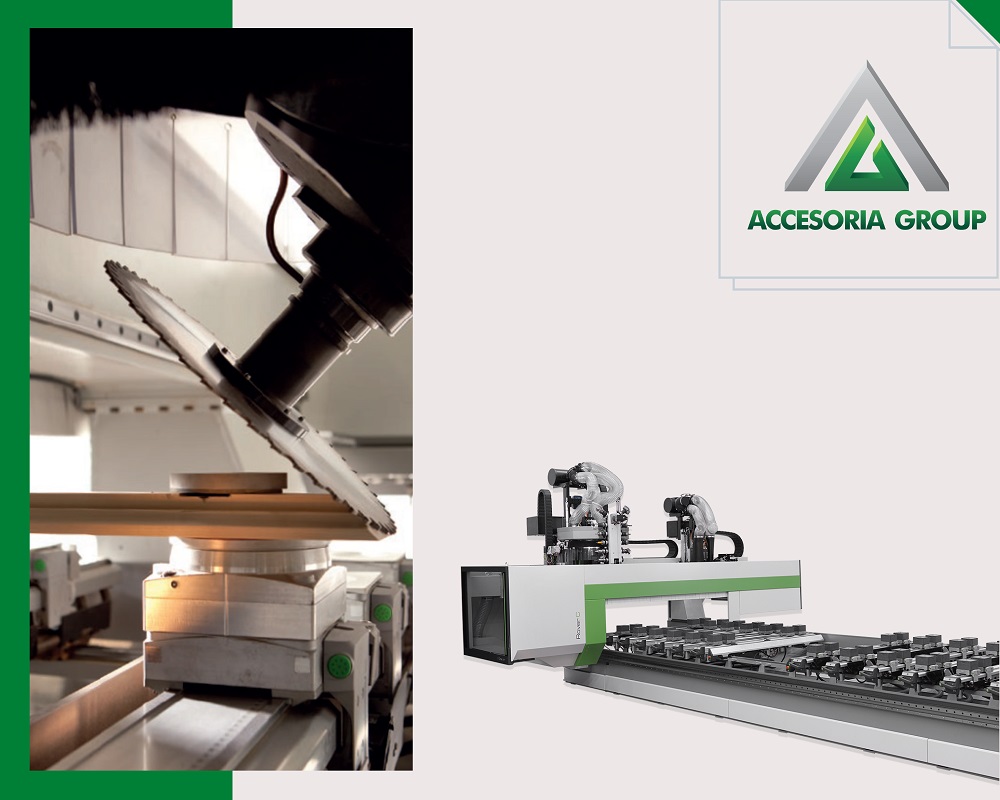
1. Return on investment
Calculating the cost-effectiveness of a machine involves many variables, but the most important factors are: immediate savings in effort and time, increased volume of work through increased production capacity and flexibility, equipment efficiency in terms of repeatability and elimination of production defects. The high quality standard of the parts produced with a CNC is another essential factor to consider.
Once the repetitiveness in the production process is reduced, human resources can be reallocated to other tasks that add value, such as taking on new customers or expanding the production line. A CNC router works "alone" in the 90% all the time, with minimal supervision or unattended, making it the perfect choice for maximizing staff skills.
2. Equipment configuration
It is necessary to know what you want the machine to do, as the configuration of the equipment is determined by the operations it will do. Establish a set of parameters for the product you want to create and pass the information to your sales consultant. This ensures that you get the best recommendations of machines that can produce the milestones your customers demand. Some examples of parameters are: minimum and maximum size of the parts, production method - for example, nesting or console, the type of material used, from which the alternatives for fastening are derived.
Depending on the specific requirements, there are different approaches to increasing throughput - another crucial factor in determining equipment configuration. Typically, these methods involve different levels of automation, the choice of simple conveyor belts or complex systems with robots and sorting stations.
Clear production requirements ensure an accurate assessment of the feasibility of the investment. In some cases, the assessment may involve live demonstrations with similar machines or software simulations with a high level of accuracy in practical implementation. While the sales consultant's role is to ask the right questions, the customer's role is to provide a concise and realistic description of the end product.
3. Software
The starting point for running a CNC machining center is the software program that tells the machine what action to perform so that the results are consistent from the first mark produced to the last.
Like physical equipment, the software program must have the ability to create exactly the part the end customer wants. Different software companies have different levels of knowledge, which is reflected in the working potential of the equipment. The software program should be as capable as the hardware part of the CNC.
4. Workflow
When buying a CNC, it is recommended that you evaluate how it interacts with existing equipment and processes. You should consider issues as diverse as the logistical flow of materials and compatibility between your current design software and the new CNC.
5. Maintenance process
For easy maintenance, it is advisable to take into account the following considerations: spare parts structure, spare parts availability, access to after-sales support: what type of support you receive and for how long. State-of-the-art CNCs do not require little input from a technician to manage on-site maintenance. There are machines that run the maintenance procedure automatically or work with the customer to carry out the procedure in real time, resulting in reduced costs for the furniture manufacturer.
The 5 detailed aspects answer the most common questions raised in the pre-purchase period.
In addition to the research you do on your own, we recommend that you confidently call on the professionals on our dedicated sales team to help manufacturers make informed purchasing decisions. Use this valuable, trusted, readily accessible, and always available resource for a discussion about how investing in a CNC increases productivity and quality. Make an appointment with Accesoria specialists.

























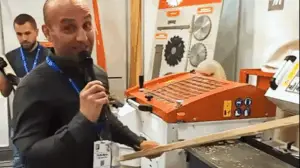

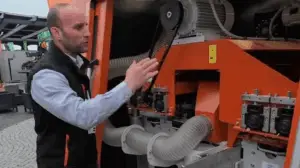
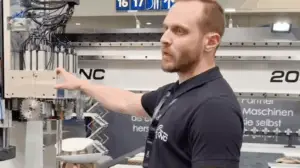
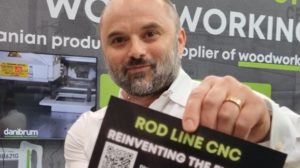
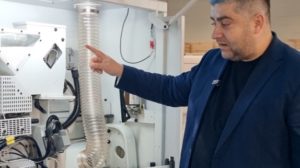




Add comment